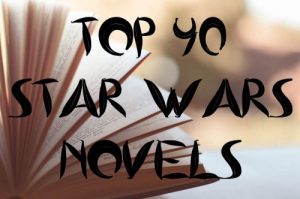Continuing the countdown of my top 40 “Star Wars” books leading up to the 40th anniversary on May 25, let’s take it to the halfway point with Nos. 30-21:
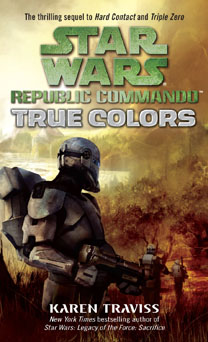
30. “Republic Commando: True Colors”
By Karen Traviss (2007)
In the series’ third installment, Traviss blends her now-beloved clone, Jedi and Republic agent characters with exploration – through dialog and asides — of the political logistics of Palpatine’s rise to power and the creation of the clones (plus the question of their post-war fates). The series’ initial aim was to humanize clones; now it tackles a second goal of making the prequel plot more layered and sensible than it would seem if a person only watched the movies.
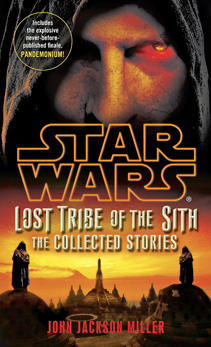
29. “Lost Tribe of the Sith: The Collected Stories”
By John Jackson Miller (2012)
Envisioned as a supplementary backstory for “Fate of the Jedi’s” Sith planet, Kesh, “Lost Tribe of the Sith” becomes an epic nine-story volume under the pen of Miller, a real-world historian. Spanning 10 millennia, “Lost Tribe” tells the history of these isolated Sith – their cultural and technological developments and attempts to leave the planet. It not only gives context to new characters like Vestara and a backstory for the sentient ship Omen, but it’s a more gripping read than any individual “FOTJ” book.
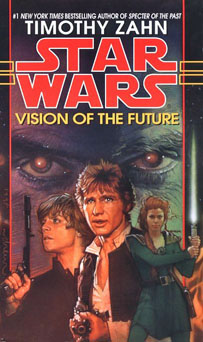
28. “Vision of the Future”
By Timothy Zahn (1998)
It seems crazy now, but on my first read of this capper to the “Hand of Thrawn” duology, I was taken off guard by the romance between Luke Skywalker and Mara Jade, and I found it to be a brilliant twist. In addition to being a crucial canonical book for the couple and the pivotal Republic-Empire truce, “Vision” also recaptures a bit of the “Thrawn Trilogy” magic through mysteries, quests and revelations – the best of which is a smuggler’s story about his clash with Yoda on Dagobah.
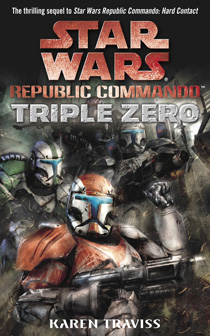
27. “Republic Commando: Triple Zero”
By Karen Traviss (2006)
For fans of military logistics, it doesn’t get any better than this undercover mission on Coruscant in the second “Republic Commando” novel. But Traviss, a former war correspondent, also does a wonderful job building up the team’s relationships (notably the controversial Jedi-clone romance between Etain and Darman) and the Mandalorian culture, traditions and language that are embraced to varying degrees by these Jango Fett clones.
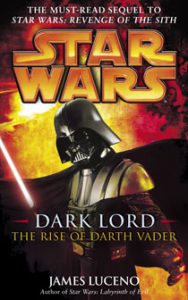
26. “Dark Lord: The Rise of Darth Vader”
By James Luceno (2005)
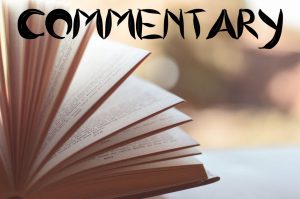
Luceno got the first crack in novel form at tackling the character of Darth Vader in the brave new era when both the author and the audience know the full backstory of Anakin Skywalker. It lives up to the hype as we see how Darth Sidious uses Vader’s physical discomfort and hatred of the Jedi to his advantage, and how Vader desires to overthrow his master. Also, we see what life is like for some of the hunted and haunted Jedi who survived Order 66.
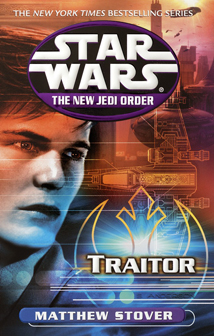
25. “The New Jedi Order: Traitor”
By Matthew Stover (2002)
This is in some ways the toughest-to-read book in the 19-book “New Jedi Order” saga, but it’s also the best. Stover rewards readers who grit through chapters of Jacen Solo being tortured with controversial insights about his torturer/mentor Vergere and the Force itself. As the pivotal Jacen character study, it impacts not only the “NJO,” but also the subsequent “Legacy of the Force” series.
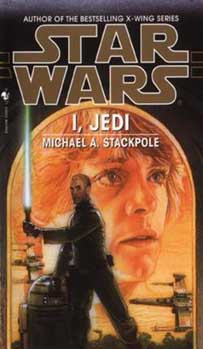
24. “I, Jedi”
By Michael A. Stackpole (1998)
This rare non-“X-Wing” book from Stackpole (although it does star “X-Wing’s” Corran Horn) is notable for two reasons. One, it’s the first, and still best, “Star Wars” novel from a first-person perspective. And two, it redeems Kevin J. Anderson’s “Jedi Academy Trilogy” – which is an essential story but not a well-written one – by retelling the events at Luke’s academy on Yavin 4 from Corran’s perspective.
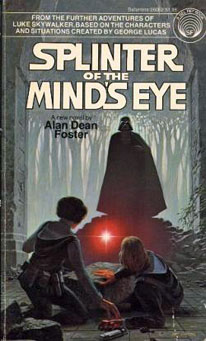
23. “Splinter of the Mind’s Eye”
By Alan Dean Foster (1978)
The first-published Expanded Universe novel doesn’t totally jibe with “The Empire Strikes Back” or later EU works, but it’s a nostalgic pulp adventure yarn that builds toward Luke and Leia’s clash with Vader on the deliciously evocative swamp planet Mimban. Plotted with significant input from George Lucas – who planned to use it as the template for a low-budget sequel had “A New Hope” tanked — it provides a tantalizing glimpse of Lucasian elements such as the Force-enhancing Kaiburr crystal.
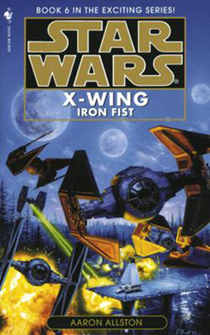
22. “X-Wing: Iron Fist”
By Aaron Allston (1998)
A master of bringing humor into “Star Wars,” Allston gets serious and delivers the EU’s most moving death scene among non-movie characters when Face Loran must say farewell to his best friend Ton Phanan. The author also builds up the mysterious Wraith Squadron pilot Lara Notsil and makes a legitimate villain out of Warlord Zsinj, General Han Solo’s rival who started off as a near-throwaway reference in “The Courtship of Princess Leia.”
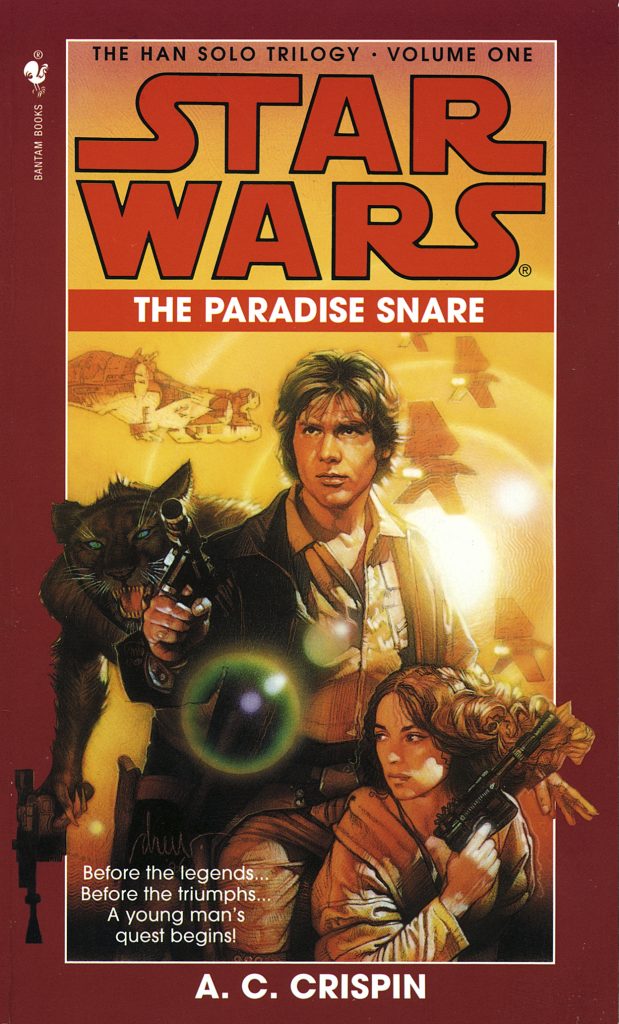
21. “The Paradise Snare”
By A.C. Crispin (1997)
Disney plans to tell its own Han Solo origin story on film someday, but there’s no way it can top the “Han Solo Trilogy,” which starts here. Han is easy to root for as an orphan who works his way up the ranks toward a piloting career. The fact that Chewbacca and the Millennium Falcon aren’t in this novel only makes Han’s backstory more epic as he earns the respect of business-beings of questionable repute on Ylesia; befriends his first sidekick, Muuurgh; and meets his first girlfriend, Bria Tharen.

